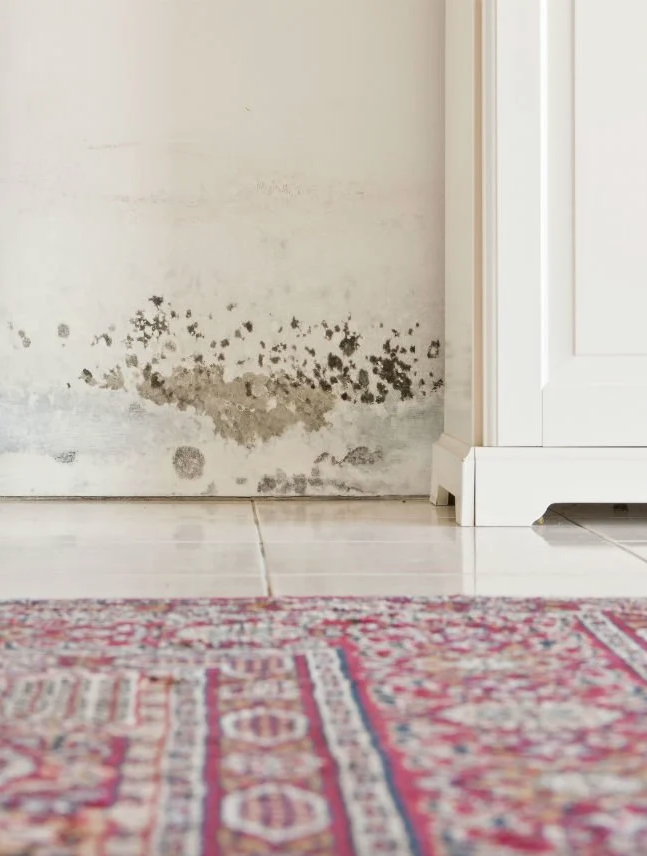What Does Sound Dampening Really Mean?

Have you ever been working in your office or reading a good book at home and you simply cannot concentrate due to unwanted noise?
 Photos By: Pexels
Photos By: Pexels
If so, you’re not alone. Whether you’re at work or trying to relax at home, most of us have to deal with unwanted noise every day, which is why so many people are turning to sound dampening materials like felt tiles to reduce these excess sounds.
But what exactly does sound dampening mean? And how is this term different from soundproofing a space? To help you on your path toward achieving silence (or close to it), we’re taking a closer look at the concept of sound dampening and what this really means. We compare sound dampening to sound proofing (two unique concepts) to better understand the benefits of sound-dampening materials.
What Does Sound Dampening Really Mean?
Sound dampening is most likely a term you’ve heard before, but have you ever really stopped to think about what it means? Sound dampening refers to reducing the noise in an enclosed space by using specific materials that absorb excess sound waves and cut down on unwanted sounds in your area. While sound dampening can dramatically reduce the noise in your space, it doesn’t eradicate 100 percent of the incoming sounds.
Depending on the materials you use and the size and dynamics of your space, you’ll have a varying degree of how much noise is blocked. The scale for a material to absorb incoming sound waves is known as the noise reduction coefficient (NRC). If a material, for example, has an NRC of 0.35, this means that it will absorb 35 percent of incoming sound waves. The higher the NRC, the more unwanted noise you’ll block. Sound dampening your home or home office can prove extremely beneficial in helping you concentrate, relax, become more productive, and simply enjoy your space.
Sound Dampening vs. Soundproofing – What’s the Difference?
Sound dampening and soundproofing might sound like the same thing, but there are key differences you should know. Soundproofing a room, car, or any other enclosed space means that you completely eliminate external sounds from entering that space. When a room is soundproof, it’s impervious to exterior noises entering that space. Sound dampening, on the other hand, works a little differently. When you sound dampen a space, you greatly reduce the noise in the area, but you don’t completely eliminate it.
Why Does Sound Dampening Matter?
At first glance, it may seem like sound dampening isn’t really that big of a deal. We all live with some unwanted noises and we still make it through our day-to-day, right? Well, while this may be true, this doesn’t mean you shouldn’t upgrade your space and improve the overall quality of your work and home life.
Why does sound dampening matter? For many reasons. Excess noise and distracting sounds can impact your ability to concentrate and perform at a high level. We’ve all experienced this at some point in a noisy work environment where it becomes almost impossible to complete the simplest task. Peace and quiet allows you to focus, improve productivity, and even tap into greater creative potential.
Excess noise, over time, can also negatively affect your health. Living and working in noisy environments can lead to stress, anxiety, difficulty sleeping, and degrade your overall health.
Popular Sound-Dampening Materials
If you’re looking to reduce unwanted noise in your home, office, or any other enclosed space, there are several different sound-dampening materials to choose from. Each option comes with its own advantages, disadvantages, and of course, cost, which is why you should do your research before committing to one sound-dampening material.
Here are some of the most popular and common sound-dampening materials:
· Sound-dampening foam.
· Acoustic panels.
· Acoustic mineral wool.
· Polyester absorption panels.
· Rubber sound deadeners.
· Foam wedges.
Sound-Dampening Felt Tiles
One of the more recent advancements in sound-dampening technology has been the development of sound-dampening felt tiles. This innovative material developed from PET felt can be hung up on the walls or ceiling of any enclosed space. Whether it’s your office, home, or even a recording studio you’re looking to improve, sound-dampening felt tiles are an incredibly simple and cost-effective way to cut out unwanted noises.
If you’re looking to reduce noise in your space without going through a complete remodel, felt tiles are the way to go. It only takes a few minutes to hang up these felt tiles and the adhesive tabs stick to almost any surface. If you need to take these felt tiles down or rearrange your wall design, they’re also easy to remove and reinstall.
Compared to other materials, such as sound-dampening foam, felt tiles also look great in your home or office. Available in a wide variety of colors and shapes, felt tiles and felt boards can transform your space with a warm and textured atmosphere. They also allow you to have complete creative control over how you want your space to look. Aesthetically appealing and a quieter space? Now that sounds good.
Conclusion – What Does Sound Dampening Really Mean?
In our modern world, it’s becoming harder and harder to find a little bit of peace and quiet. Whether at home or in your workspace, silence has become an endangered species and this is impacting us in multiple ways. Unwanted noises can cut down on productivity, make it harder to concentrate and be creative, and even negatively impact your health. Over time, excess noise can lead to stress, anxiety, and even insomnia. These are just a few of the reasons why so many people are looking to sound dampen or soundproof their spaces.
While sound dampening doesn’t totally eliminate exterior noises, it can dramatically reduce these sounds and create a more enjoyable, relaxing environment. You have multiple options when it comes to sound dampening your room, but more and more people are turning to sound-dampening felt tiles. Installing these innovative PET felt tiles is one of your fastest, simplest, and most cost-effective ways to create a calm and relaxing environment. Once you’ve reduced the excess sounds in your space, you’ll wonder how you ever were able to go so long with all that noise.









